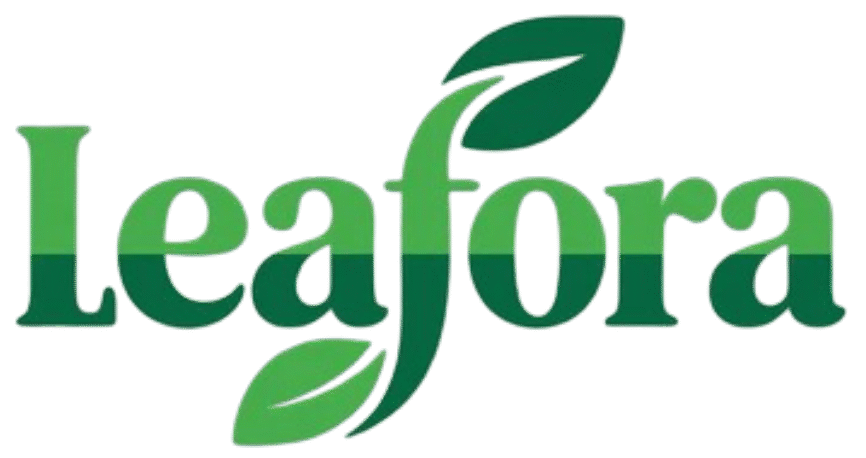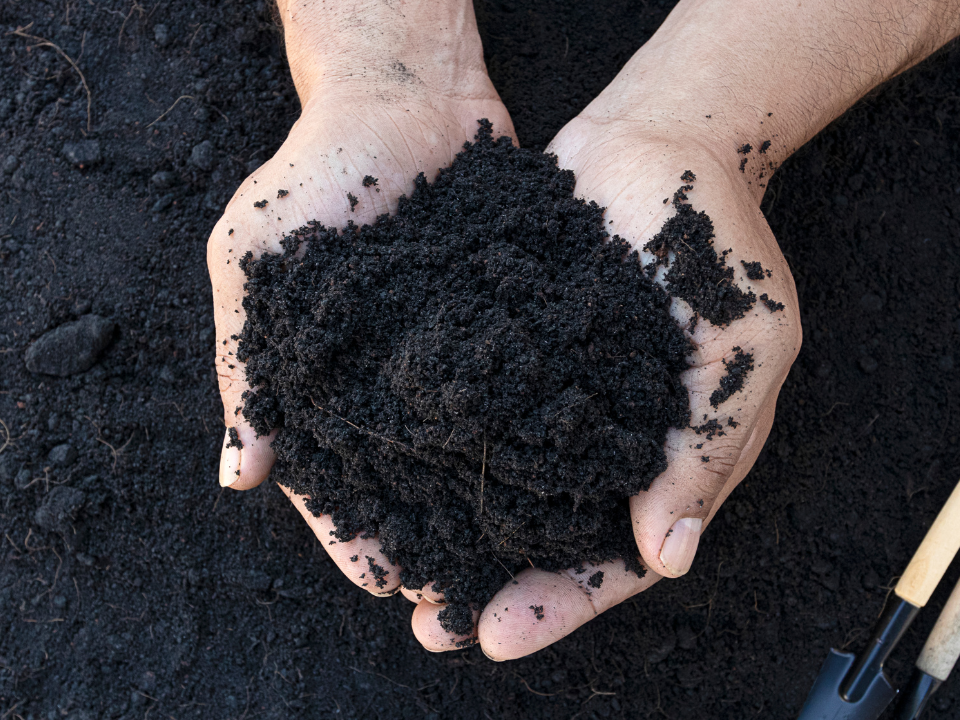When plants lack this quality growing medium, they face significant challenges. Poor soil conditions force vegetation to struggle for survival, often requiring constant human intervention through supplemental feeding and frequent watering just to stay alive.
Benefits of Loam Soil
Seasoned gardeners, agricultural professionals, and landscaping enthusiasts consistently prefer loam for its unparalleled growing capabilities. This superior soil medium supports virtually all plant types – from delicate flowers to robust crops, lush grasses to towering trees – with equal effectiveness. Its granular structure creates ideal conditions for rapid root expansion, efficient moisture retention, and optimal nutrient absorption.
- Optimal Air Flow: The medium-textured composition of loam facilitates excellent air circulation around root systems. This vital oxygen exchange prevents the development of root diseases commonly found in dense, compacted soils with poor drainage.
- Effective Water Retention: Loam’s distinctive particle arrangement creates microscopic pockets that capture and hold moisture, ensuring plants remain adequately hydrated between waterings.
- Accelerated Root Development: The loose, friable nature of loam enables plant roots to spread rapidly and extensively, allowing for maximum nutrient uptake and strong plant establishment.
- Superior Drainage: Unlike heavy clay soils that drown roots or sandy soils that drain too quickly, loam maintains the perfect equilibrium – moist but never soggy.
Important Considerations
While loam suits most plants exceptionally well, certain species like cacti and other desert-adapted plants prefer leaner, faster-draining mixes. For these specialized plants, standard loam may prove too moisture-retentive and dense for their particular root requirements.
The Science Behind Loam Composition
This gold standard of growing media, preferred by professional growers worldwide, consists of three precisely balanced components:
- Sand Particles (40%): Providing structure and drainage
- Silt Particles (40%): Offering moisture retention and nutrient availability
- Clay Particles (20%): Contributing nutrient retention and moisture regulation
Silt, often the least understood component, consists of fine sedimentary particles intermediate in size between clay and sand. It plays a crucial mediating role – water moves through silt at a moderate pace, unlike the rapid drainage of sand or the water-holding tendency of clay. When soil contains about 80% silt content, it earns the classification “silty.”
While fortunate gardeners may discover naturally occurring loam in their landscapes, most need to actively improve their native soil to achieve this ideal composition. The transformation process requires patience and effort, but the rewards in plant health and productivity make the investment worthwhile.
Types of Loam
The loam family includes several specialized subtypes, each with slightly different characteristics:
- Sandy loam (increased sand content)
- Silt loam (higher silt percentage)
- Clay loam (elevated clay proportion)
- Silty clay loam (balanced silt and clay dominance)
Each variation is created by adjusting the relative percentages of the three primary components to meet specific growing needs.
The Functional Roles of Each Component
- Sand: The largest particles in the mixture provide crucial air spaces for root respiration and prevent compaction. While poor at holding moisture or nutrients alone, sand gives loam its essential drainage qualities.
- Clay: The smallest particles offer remarkable nutrient retention but tend to compact easily. While valuable for its mineral content, clay requires balancing with other components to prevent drainage issues.
- Silt: These medium-sized particles serve as the perfect mediator, blending the properties of sand and clay much like an expert chef tempers ingredients to create the perfect sauce.
The magic of loam lies in its friability – that perfect crumbly texture that feels light yet cohesive when squeezed. This structure ensures oxygen reaches growing roots while allowing them to expand effortlessly through the soil profile in search of nutrients and water.
How to Create Loam Soil
The process begins with quality topsoil enriched with generous amounts of organic matter. Before planting, conduct thorough soil tests to determine pH levels, nutrient content, and organic composition. Based on results, amend with lime for pH adjustment, fertilizer for nutrients, and additional organic matter as needed.
A critical warning: Simply mixing sand and clay in hopes of creating loam will disappoint. This approach typically yields a concrete-like substance rather than fertile loam. True loam development occurs through the gradual incorporation of organic materials that feed soil microorganisms, which in turn naturally create the desired structure over time.
The decomposition process of organic matter creates the ideal pore structure for root development and water movement. Additionally, these materials attract beneficial soil organisms that maintain long-term soil health. Excellent organic amendments include:
- Shredded leaf litter
- Straw or hay
- Fully decomposed compost
Maintaining Loam Soil Quality
Developing and preserving loamy soil is an ongoing commitment rather than a one-time task. The annual incorporation of organic matter is essential because these materials continuously break down and get depleted.
For most gardens, applying a 2-inch layer of organic material each fall and working it into the top 6-8 inches of soil maintains good loam conditions. However, extremely sandy or clay-heavy soils may require more frequent applications throughout the growing season.
A smart recycling practice: Instead of disposing of autumn leaves, run them through a shredder and incorporate them directly into garden beds. As they decompose, they’ll contribute to your soil’s loamy texture.
Purchasing Loam: What You Need to Know
While “loam soil” is commonly advertised, true loam isn’t a product you can simply buy in bags. The term describes a specific soil texture that requires continuous maintenance and adjustment.
Bulk soil purchases can seem convenient but come with caveats. Be aware that:
- Quality certification programs exist but remain voluntary
- Much commercially available “topsoil” originates from construction sites (called “fill dirt”)
- Construction-derived soils often lack the biological activity and structure of true garden loam
When considering purchased soil:
- Research suppliers thoroughly
- Ask detailed questions about soil sources and composition
- Understand that premium soils command premium prices
Trustworthy soil companies will provide transparent information and stand behind their products with guarantees.
Frequently Asked Questions
- How does topsoil differ from loam?
Topsoil refers to the uppermost soil layer, while loam describes a specific texture within that layer. All loam is topsoil, but not all topsoil is loam. - Can I use loam and potting soil interchangeably?
No. While both support plant growth, their compositions differ significantly. Potting mixes contain lightweight materials like peat and perlite for container use, while loam refers to natural soil texture. - What’s the simple test for loam soil?
Take a moist handful and squeeze:
✓ Good loam forms a loose ball
✓ Crumbles easily when touched
✓ Feels slightly gritty yet smooth - What exactly defines loam?
A balanced mixture containing approximately:
40% sand | 40% silt | 20% clay - Why is loam considered ideal?
It provides:
✔ Perfect water retention/drainage balance
✔ Excellent nutrient availability
✔ Optimal root development conditions - What’s the best way to develop loam?
Start with existing topsoil, add organic matter annually, test regularly, and adjust amendments based on specific plant needs.
This comprehensive understanding of loam soil empowers gardeners to create and maintain the perfect growing environment for their plants, ensuring healthy, vigorous growth season after season.

